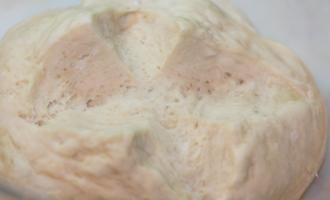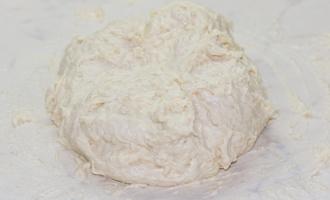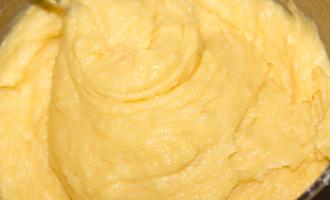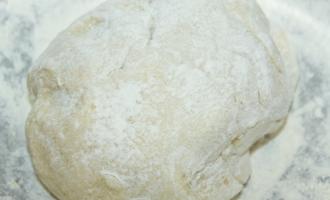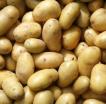Basic recipe for wheat flour bread dough with olive oil from Richard Bertinet
A basic recipe for olive oil bread dough. It can be used to make focaccia, ciabatta, soup bowls, pizza or flatbreads.
Olive oil enriches the usual wheat dough with new properties: it makes it soft and extremely elastic, and as a result the bread acquires fantastic taste, aroma and texture. It also lends itself perfectly to freezing.
I recommend using olive oil with a light fruity flavor rather than an intense peppery flavor for baking. Adding semolina to the dough gives the bread a distinct texture. If you follow the recipe exactly, making this dough and bread from it will not be difficult. The recipe is from Richard Bertinet's book "Your Own Bread".
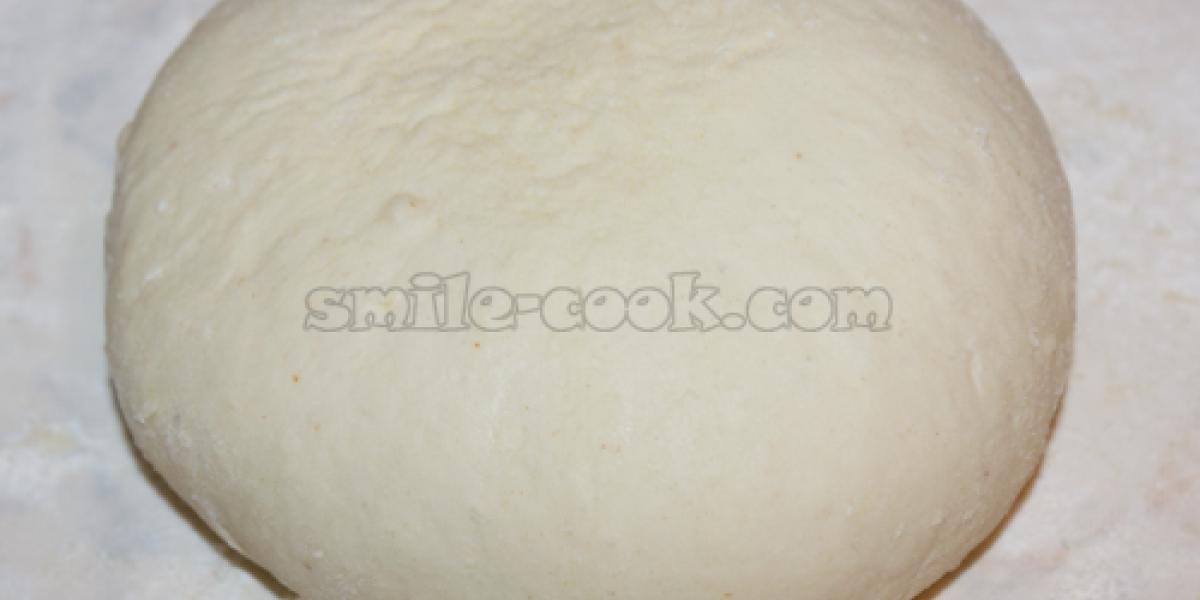
Composition:
- wheat baking flour - 500 gr .
- semolina - 200 gr.
- pressed yeast - 15 gr.
- salt - 10 gr.
- cold-pressed virgin olive oil - 50 gr.
- water - 320 g (or 320 ml, but weighing gives a more accurate result)
Cooking:
Preheat the oven to 250 degrees.
Mix together the flour and semolina, using your fingertips, rub in the yeast until fine crumbs form. Add salt, olive oil, and water.
Add salt, olive oil, and water.
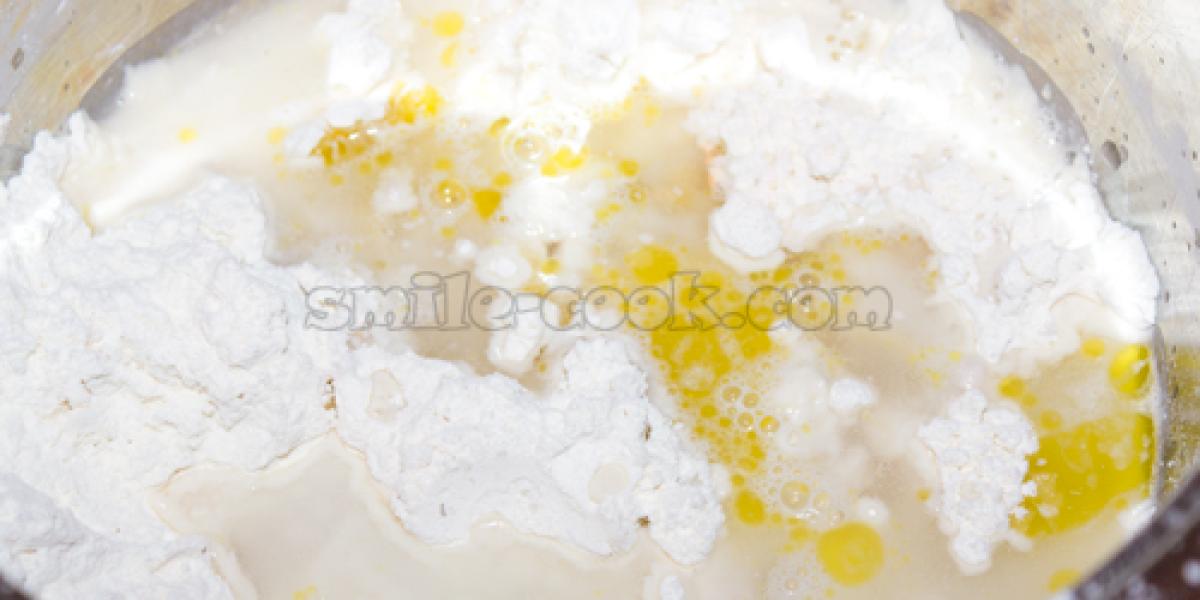
Holding the bowl with one hand, knead with the other for 2-3 minutes, until the dough begins to come together in a lump.
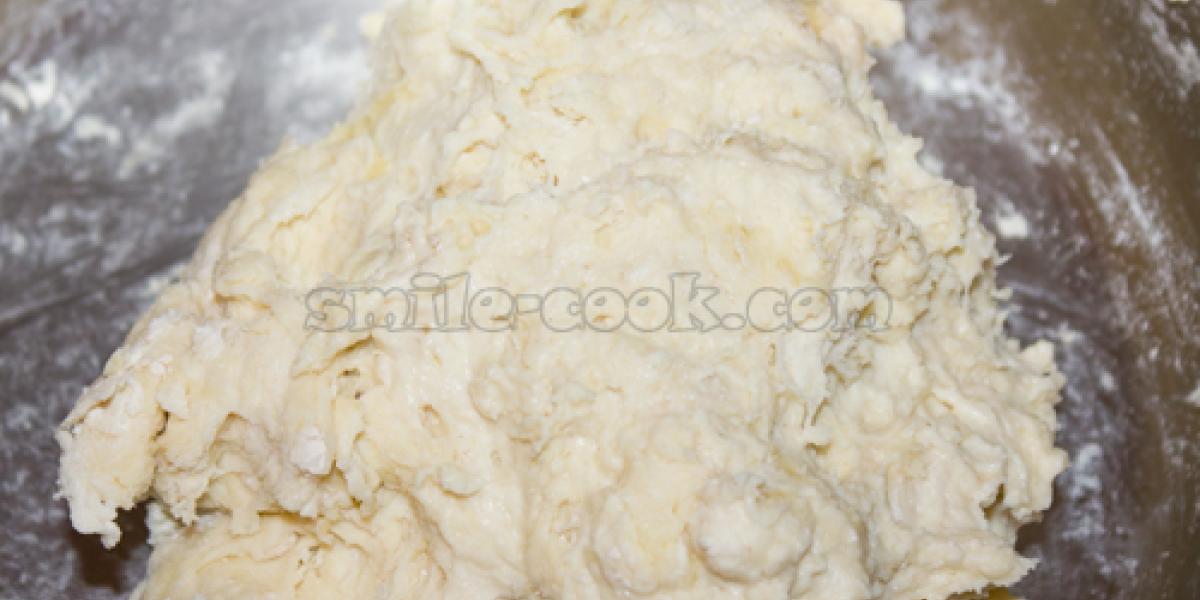
Next, dump the dough out onto your work surface. It will be soft and moist to the touch, and will look like a thick, sticky mess. Don't dust the table with flour - it's not necessary. (If you start adding flour at this stage, you can easily add an extra 100 grams of flour, which is not called for in the recipe. This will make the dough much denser and completely change its texture. And if you work with the dough without adding flour, it will be softer, and the bread will be lighter, airier, tastier).
Start kneading the dough. The main idea is to "catch" as much air inside the dough as possible. Pick up the dough on both sides, using your hands like two forks and holding the top with your thumb, lift the dough up and, turning it toward you, drop it down onto the work surface with a swing. (At first, the dough will be so sticky that it won't easily pull away from the table.)
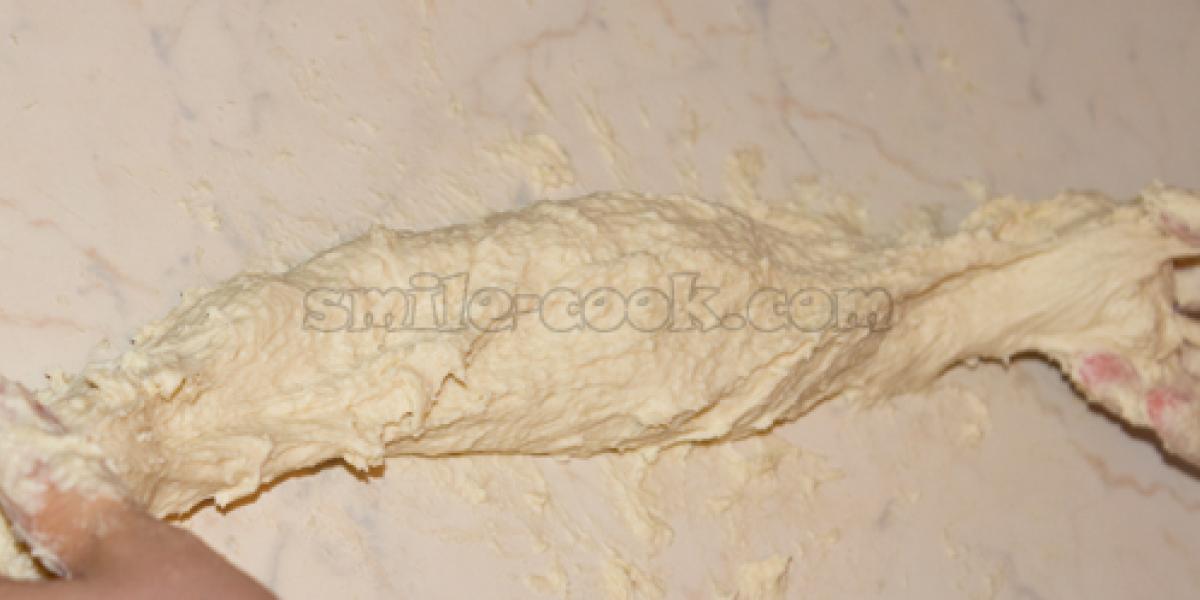
Pull the side of the dough closest to you toward you and fold it forward, arching it out - so that you trap more air inside.
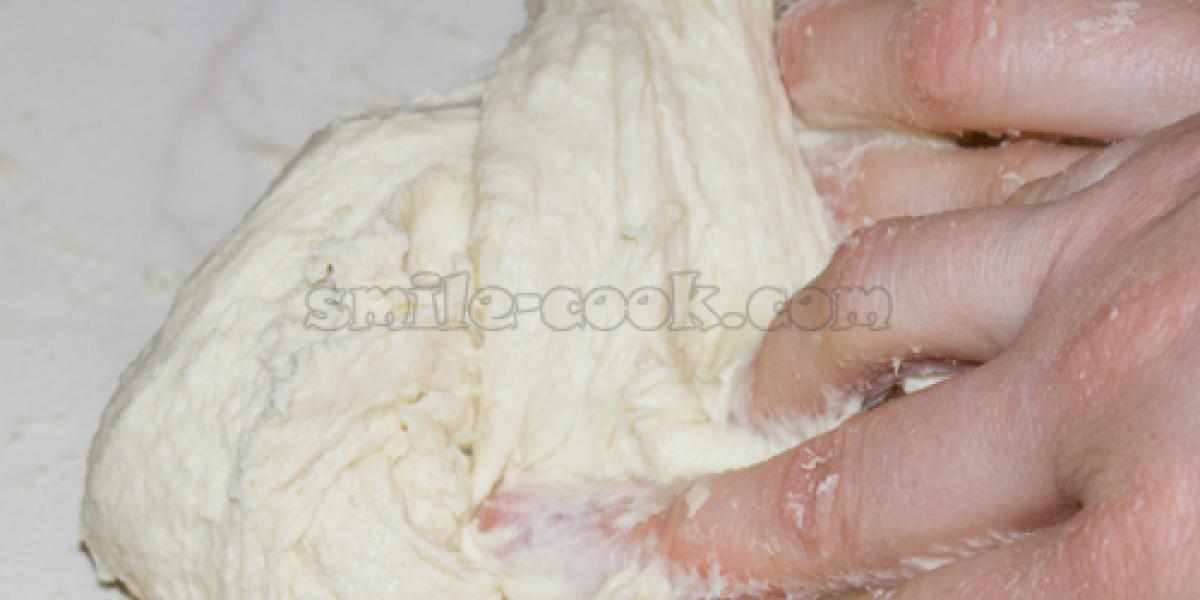
At the same time, continue to stretch the dough lengthwise and along the sides, tucking in the edges.
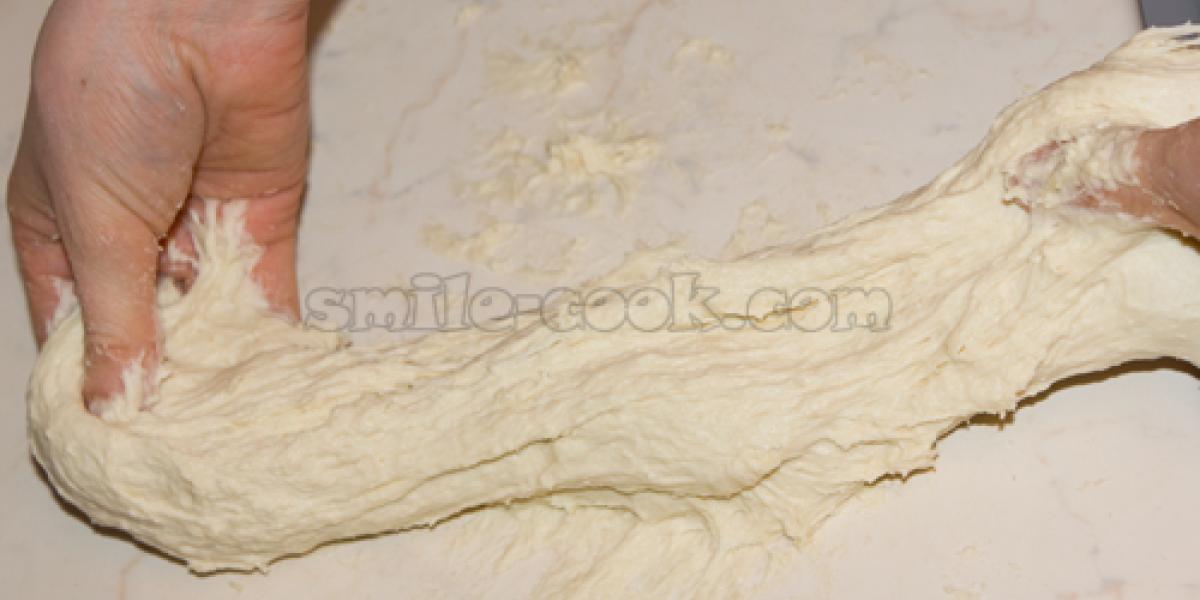
Repeat this sequence of motions. In the process, the dough will become less sticky, more elastic, and begin to come alive in your hands. Keep kneading until it starts to completely fall away from the surface, becomes silky in appearance, and smooth to the touch, elastic but still soft and pliable. You will immediately know what is meant when you feel it for yourself. When you get used to this technique, working with the dough will take you 5 minutes (the first times it will take longer).
Now lightly dust the work surface with flour, place the dough on it and form a ball, taking turns wrapping the edges towards the center.
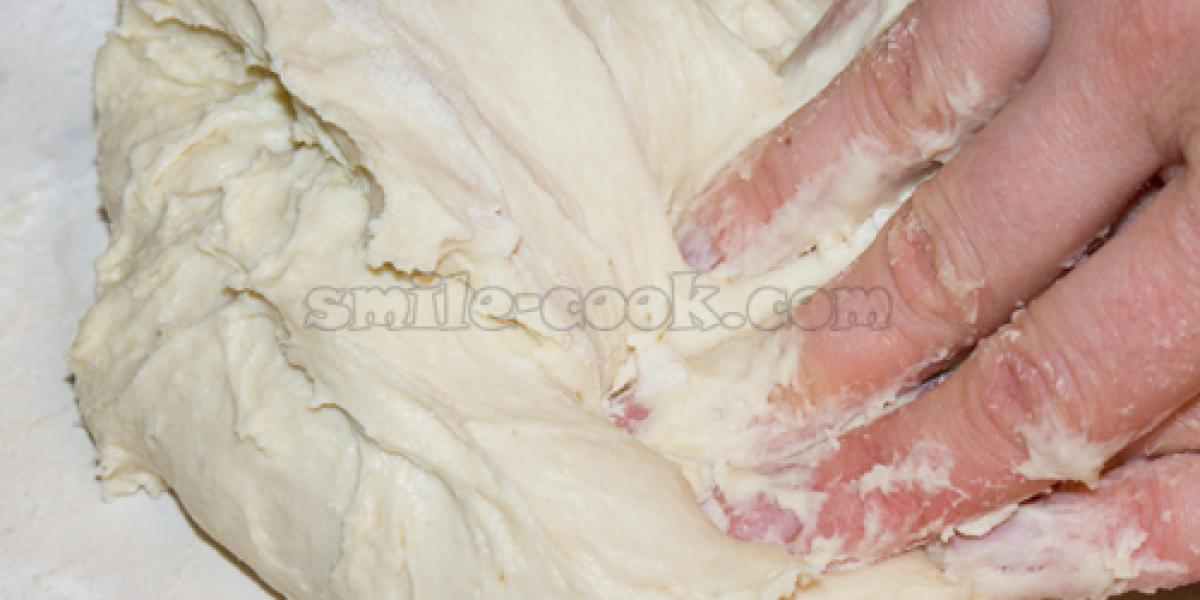
Press them well with your thumb on top and rotate the ball around its axis as needed. Then flip the ball over, shape it and tuck the edges.

Then make your desired type of bread from the dough and bake in the oven.
Bon appetite!
